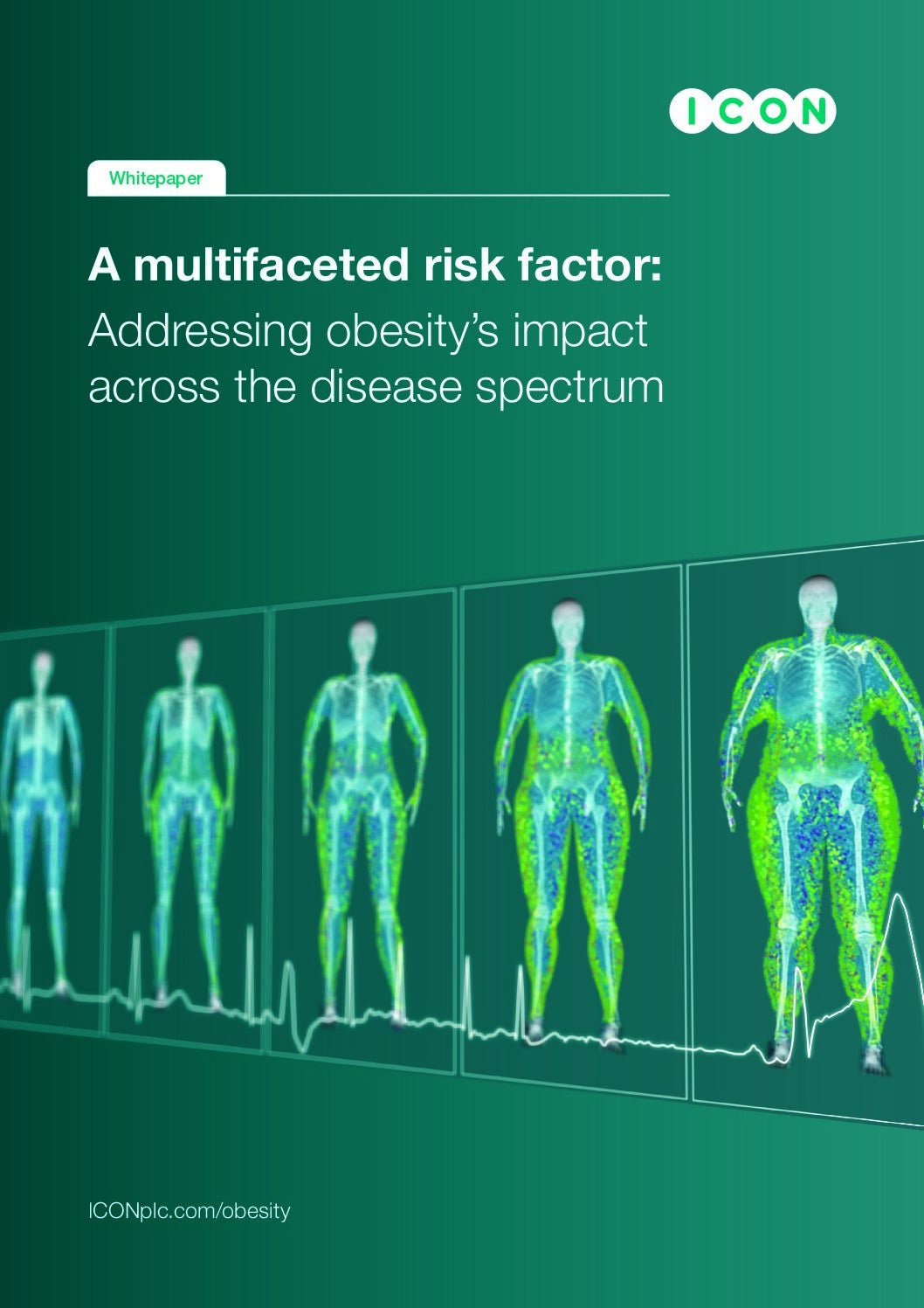The obesity market is expected to grow at a compound annual growth rate (CAGR) of 31.3% over the course of the forecast period, reaching $37.1bn across the seven major markets (7MM) (US, France, Germany, Italy, Spain, UK and Japan) according to GlobalData’s recent report, Obesity: Seven-Market Drug Forecast and Market Analysis.
Major driving factors of this growth include the growth of the obese population, an increase in the number of therapies with promising efficacies and longer duration of action, and the entry of therapies with new routes of administration into the market, including the launch of oral glucagon-like peptide-1 receptor (GLP-1R) agonists indicated for obesity.
Obesity is caused by a disruption to the equilibrium between energy supply and expenditure, when total energy expenditure is lower than energy intake. In interviews with GlobalData, key opinion leaders (KOLs) emphasised that the greatest unmet need in the obesity space is for therapies with increased efficacy and weight loss maintenance. Currently marketed therapies focus on the glucagon-like peptide-1 receptor (GLP-1R) agonist mechanism of action.
Many of the current late-stage pipeline products for obesity emulate what is currently on the market, employing the GLP-1RA mechanism of action. Simultaneously, double and triple-agonist mechanisms are a dominant trend in the obesity pipeline. One such example is Eli Lilly’s tirzepatide, whose mechanism of action entails GLP-1R and GIPR agonism. GlobalData forecasts that highly anticipated tirzepatide will capture a significant market share from other GLP-1RA therapies, including Novo Nordisk’s Wegovy, upon its launch, due to its promising efficacy in clinical trials.
Other examples include Novo Nordisk’s CagriSema, which employs GLP-1R and amylin analogue agonism, and Eli Lilly’s orforglipron, which is expected to be the first triple-agonist therapy in the obesity space.
While the obesity market is projected to grow strongly in the forecast period across the 7MM, it may face some challenges. During the forecast period, Victoza and Saxenda (liraglutide) are set to lose market exclusivity in the US and 5EU (France, Germany, Italy, Spain, and UK) in 2023; in Japan, Victoza was set to lose market exclusivity in 2022. This will lead to the anticipated entry of liraglutide biosimilars into the market. Nonetheless, the launch of tirzepatide and other late-stage pipeline therapies with new dual- and triple-agonist mechanisms of action and promising efficacies will undoubtedly be a driving force for market growth in the obesity space.






